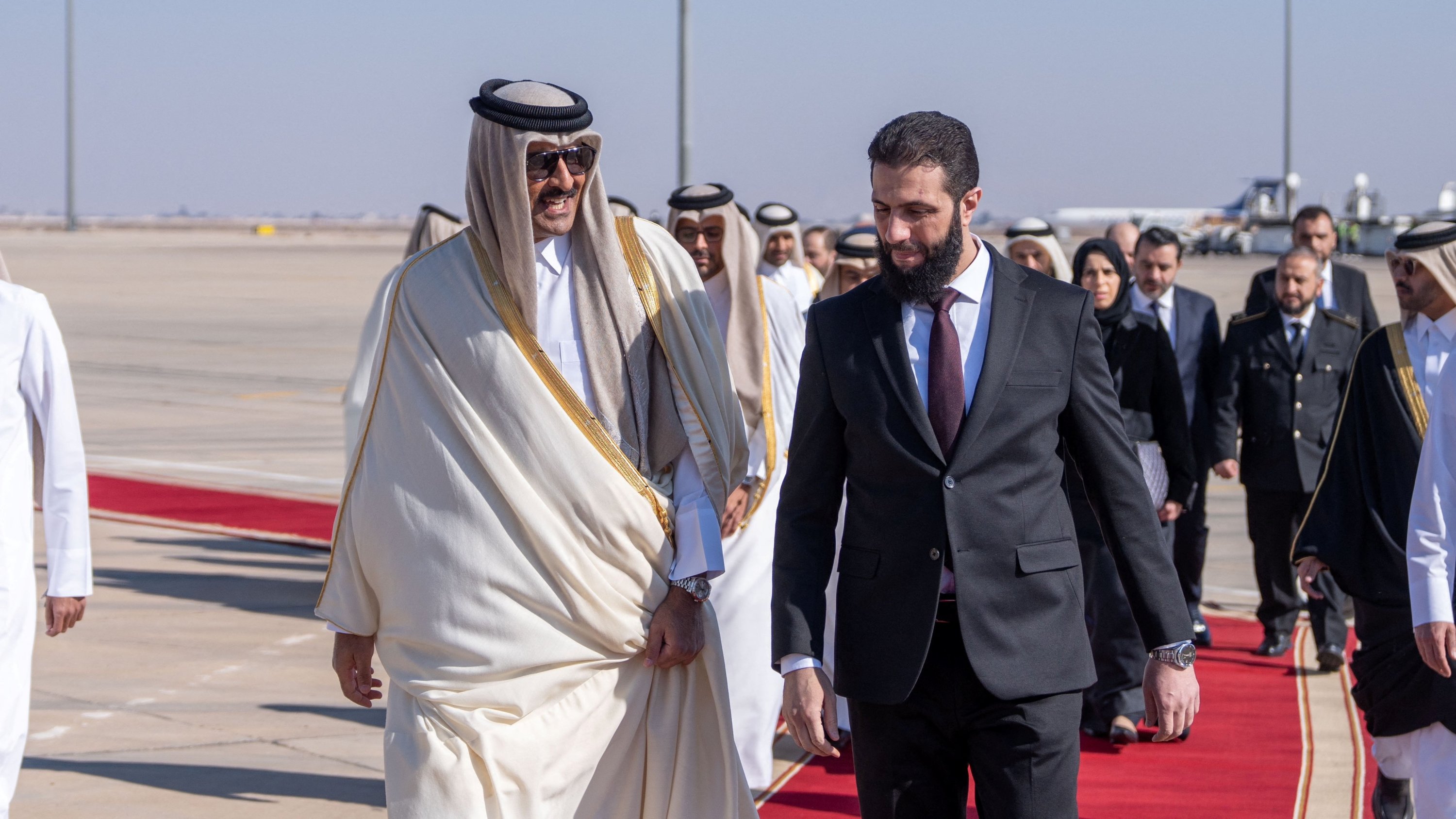© Turkuvaz Haberleşme ve Yayıncılık 2026
The Middle East is undergoing a political transformation. At the core of this shift is the decline of Iranian influence in key regional capitals, which Iran had consolidated since the 2000s.
In December 2024, the fall of Syria’s 61-year-old Baathist regime and the end of Bashar Assad’s 24-year rule marked a decisive setback for Iran’s grip on Damascus. However, since Oct. 7, Israel’s offensive against Hamas, Hezbollah, Houthis and Iran-backed militias in Iraq has further weakened these actors, along with Iran itself.
Against this backdrop, much like during the Iran-Iraq War (1980-1988), Gulf states have been compelled to factor regional systemic pressure into their security policies. However, this time, they have actively sought to turn that pressure to their advantage through specific strategic initiatives.
The most pressing concern Gulf states must navigate in today’s Middle Eastern political climate is managing the post-Iran-influence moment – countering Tehran’s influence, anticipating what it might replace its waning power with and engaging in regional and international affairs accordingly. At the same time, the Gulf states are crafting new strategies for countries like Lebanon and Syria, where Iran’s grip has weakened.
The repercussions of Iran’s declining influence will undoubtedly be most strongly felt in Damascus. This was made clear when Syria’s interim president, Ahmad al-Sharaa, chose Riyadh and Ankara for his first official visits – formally signaling that Damascus is no longer within Tehran’s orbit.
Al-Sharaa’s visit to Riyadh underscored the new Syrian leadership’s intent to foster strong political, economic and security ties with the Gulf states. Even before this, he had given interviews to Saudi media, expressing support for Riyadh’s development initiatives, such as Vision 2030, and acknowledging the crucial role Saudi Arabia could play in Syria’s reconstruction.
Beyond al-Sharaa’s personal ties with Riyadh, the sheer scope of Syria’s reconstruction needs makes it clear that maintaining strong Damascus-Riyadh relations is essential. However, it is not just Riyadh; Doha is also deeply interested in Syria’s rebuilding process.
Although al-Sharaa’s first official visit was to Riyadh, the first head of state to visit him was Qatar's Emir Sheikh Tamim bin Hamad Al Thani, signaling Doha’s active role in Syria’s future. As a result, both al-Sharaa and the broader Damascus leadership are looking to the Gulf for a comprehensive, multilateral Syria strategy – one that weakens Iran’s influence politically, facilitates economic reconstruction and ensures security and stability.
It is evident that al-Sharaa and Syria’s new leadership are deepening ties with the Gulf states for political, economic and security reasons. However, from the Gulf’s perspective, the focus extends beyond Damascus to the broader Beirut-Damascus axis and the management of the emerging anti-Iran bloc.
While the United Arab Emirates (UAE) has strengthened diplomatic ties with Iran since June 2019, and Saudi Arabia followed suit in March 2023, Iran has become a weaker and more unpredictable actor – especially after the events of Oct. 7. Thus, although diplomatic and political normalization will likely continue, there is no doubt that, on a strategic level, the Gulf states welcome the decline of Iranian influence.
Building on these developments, the fall of the Assad regime and the near-collapse of Tehran’s influence in Damascus, coupled with the weakening political, military and operational capacity of its proxies since Oct. 7, have significantly disrupted Iran’s supply lines to Hezbollah. This, in turn, signals a substantial decline in Hezbollah’s operational strength and Tehran’s ability to maintain its grip on Lebanon.
In response, Gulf states have turned their attention directly to Beirut, effectively opening a new chapter with the city following the election of Joseph Aoun as president. Recently, Riyadh and Doha have intensified their diplomatic engagement with Lebanon through their foreign ministers. Doha’s foreign minister, who also serves as the country’s prime minister, expressed their commitment to supporting Beirut’s reconstruction, much like their approach to Syria’s rebuilding process.

Both the geopolitical spillover of Iran-Israel tensions in the Gulf and the weakening of Tehran’s influence along the Damascus-Beirut axis will create both crises and opportunities for Gulf states during the new era of Donald Trump’s presidency in the U.S.
One of the first major flashpoints will be Trump and Israeli Prime Minister Benjamin Netanyahu’s unlawful and ahistorical plans for Gaza – proposals so extreme that even most regional states reject them outright. In this context, discussions between the U.S. and Gulf countries, including Gaza’s reconstruction, will largely center on the prospect of Palestinian displacement. The Gulf states have firmly opposed any forced displacement of Gazans and have made their criticisms clear to Washington.
Looking ahead, the shifting regional landscape presents new opportunities for Gulf geopolitics and foreign policy. The decline of Tehran’s influence has already elevated the Gulf’s role in the reconstruction of both Damascus and Beirut.
However, Israel’s hardline policies against Palestine may push Gulf states to prioritize Gulf Cooperation Council (GCC) initiatives and broader regional efforts instead. This could lead to a more independent and assertive Gulf strategy in shaping the future of the Middle East.
In the near future, the reconstruction of Damascus, Beirut and Gaza – key concerns for Gulf states – will present significant political, economic and security challenges.
The common thread across these issues is the likelihood of increasingly radical policy proposals from the U.S. and Israel. In response, Gulf states are expected to expand their regional initiatives, not only regarding Gaza but also in Damascus and Beirut. Crucially, they will take the lead in shaping these efforts, reinforcing their role as central actors in the region’s evolving geopolitical landscape.
